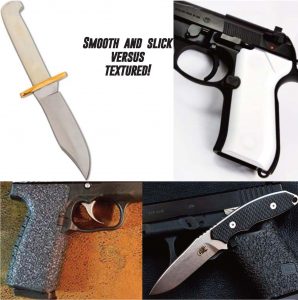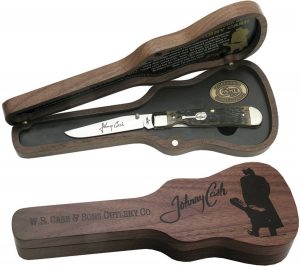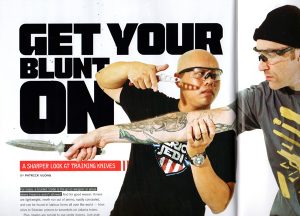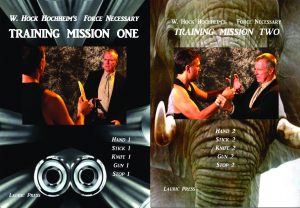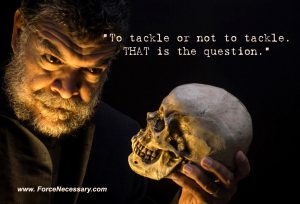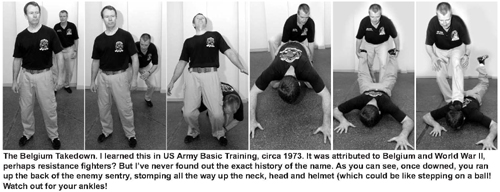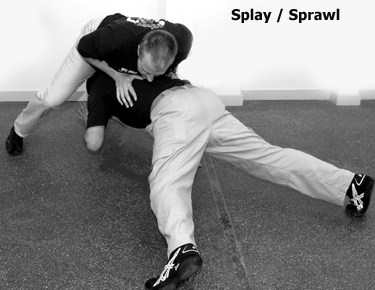For starters, I am not a knife or gun collector, no more than I would collect hammers, screwdrivers or wrenches. I just don’t care. You get the message. The “tool” message. I guess it comes from my Army and policing time and experiences. I am interested in efficiency. Don’t misunderstand me, I like looking at cool knives and guns, I admire them, I just don’t want them or need them. If you do collect and you have the money and time for such a hobby, then if you are happy? I am happy. The only time that my eyebrows raise is when the lines between pretty and necessary-survival are blurred (and maybe bloody). One problem often blurred is the texture of grips and handles.
Speaking of bloody, Johnny Cash once wrote about the “kicking and the gouging and the mud and blood and the beer.” There’s also guts, water, oils, sweat, bad gloves and other substances that can make life very slippery and your hands and tools very slippery. Legend has it that the Gurkhas would dip their kukris in motor oil and then train with slimy grips. And what if your hands are injured and-or are freezing? I always shake my head when I see slick, metal knife handles and gun handles.
It’s bad enough when people have stupid hand-finger positioning on grips.
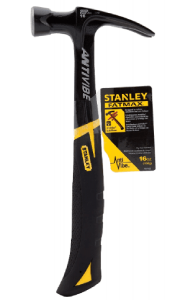
“I want my weapons to be tools and my tools to be weapons,” – Paul Howe
I am not endorsing anyone or anything here. I am just making a suggestion, forego pretty and slick, and get the most textured grips on your firearms, knives and sticks-batons. In my Force Necessary: Stick course Level 1, Force Necessary: Knife course Level 1, Force Necessary: Gun course Level 1, I emphasize and display the vital importance of grip-handle textures. (The issue of the SIZE of handles and grips is a whole other important essay.)
Get a damn handle on your handles!
“““`
Hock’s email is HockHochheim@ForceNecessary.com
#weapongrips #combatives #martialarts #martialartstraining #kravmaga #preparedcitizen #counterbladetactics #PoliceDefensiveTactics #defensivetactics #selfprotectiontraining #selfdefensetraining #trainforthefight #selfdefense #selfprotection #urbancombatives #kembativzbrand #kembatives #guntraining #knifetraining #unarmed #stickfighting #forceonforce #forceonforcetraining #forcenecessary #forcenecessaryuk #whockhochheim #handtohandcombat
